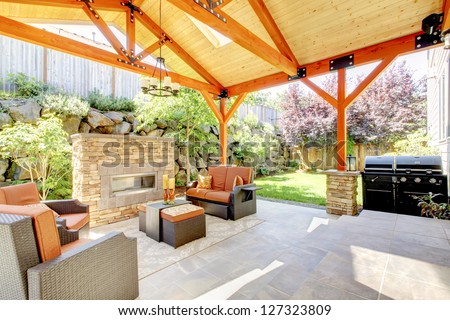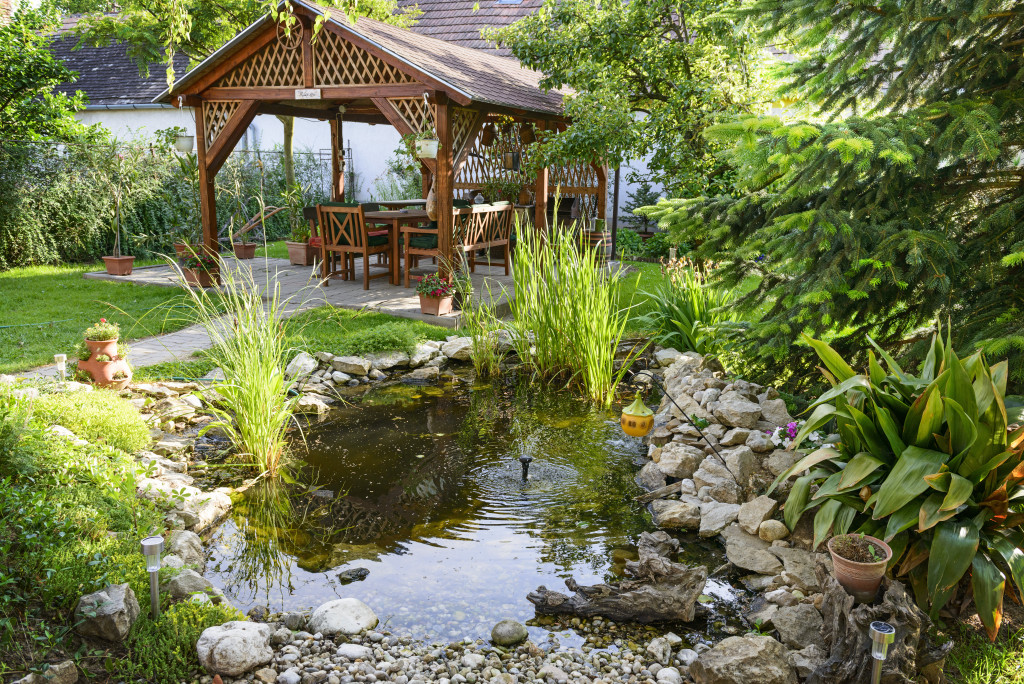When designing your outdoor space, there are many things to consider, such as the climate in your area, the size and shape of your yard or garden, and what kinds of plants and features you want to include. Garden design can be a complex process, but it doesn’t have to be. By taking the time to plan carefully and do your research, you can create a beautiful and functional garden that you and your family will enjoy for years to come.
Below is a list of things you should take into consideration before planning out your garden design:
1. The Climate in Your Area
The first thing to consider when designing your garden is the climate in your area. This will help you determine what kinds of plants and features will be able to survive and thrive in your space. Climate can also affect things like the amount of sun or shade your garden gets, the type of soil you have, and the amount of rainfall or snowfall in your area.
2. The Size and Shape of Your Yard or Garden
The next thing to consider is the size and shape of your yard or garden. This will help you determine how much space you have to work with and what features you can include. The shape can also be a factor when it comes to things like sunlight and drainage. Designing a garden that is too large or too small for your space can be a challenge, so be sure to take these factors into consideration.
3. What Kinds of Plants and Features do You Want to Include
Once you have considered the climate and size of your space, you can start planning out what kinds of plants and features you want to include. Do you want a vegetable garden? A flower garden? A pond? A patio? Be sure to consider what you want to get out of your space before making any decisions. Plants and features that require a lot of maintenance or care might not be the best choice for a busy family. On the other hand, if you love to garden, you might want to choose plants that require more attention.
4. How Much Maintenance Are You Willing to Do
Another important consideration is how much maintenance you are willing to do. Some gardens require more upkeep than others, so be sure to choose plants and features that you are eager to care for. Maintaining a garden can be a lot of work, but it can also be very rewarding. If you are not sure how much time or effort you are willing to put into your garden, it might be best to start small and see how things go.
5. Your Budget
You will need to consider your budget when designing your garden. Gardens can be expensive, so be sure to set a realistic budget before you start planning. Budgeting for your garden will help you make informed decisions about what to include and where to spend your money.
6. Hire a Professional
If you need help designing your garden, consider hiring a landscaper. A professional can help you choose the right plants and features for your space and ensure that everything is installed correctly. With the help of a professional, you can create the garden of your dreams.
7. Do It Yourself
If you don’t want to hire a professional, you can design your garden yourself. There are plenty of resources available to help you, such as books, websites, and magazines. DIY garden design can be a fun and rewarding experience, and it will save you money.
8. Get Creative
Don’t be afraid to get creative with your garden design. There are no set rules, so feel free to experiment and find what works best for you. Creative garden designs can be just as beautiful and functional as traditional ones.
9. Outdoor Furniture

Once you have designed your garden, you will need to choose outdoor furniture to complete the space. Be sure to choose furniture that is comfortable and stylish. Furniture that is too large or too small for your space can be a challenge, so be sure to take these factors into consideration.
10. Color
Last but not least, don’t forget to add color to your garden. Flowers and plants are a great way to add color and life to your space, but there are other ways to do it as well. Consider adding colorful outdoor furniture or accessories, such as pillows, rugs, or art.
Designing your garden can be a fun and rewarding experience. By considering the climate, size, and shape of your space, as well as what kinds of plants and features you want to include, you can create a beautiful and functional outdoor space that meets your needs. Don’t forget to add color and furniture to complete the look!

